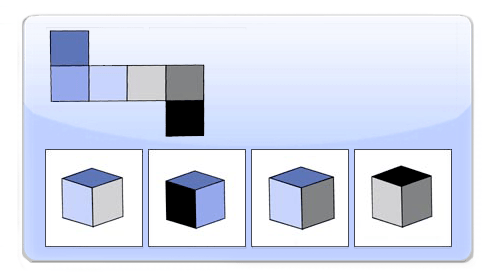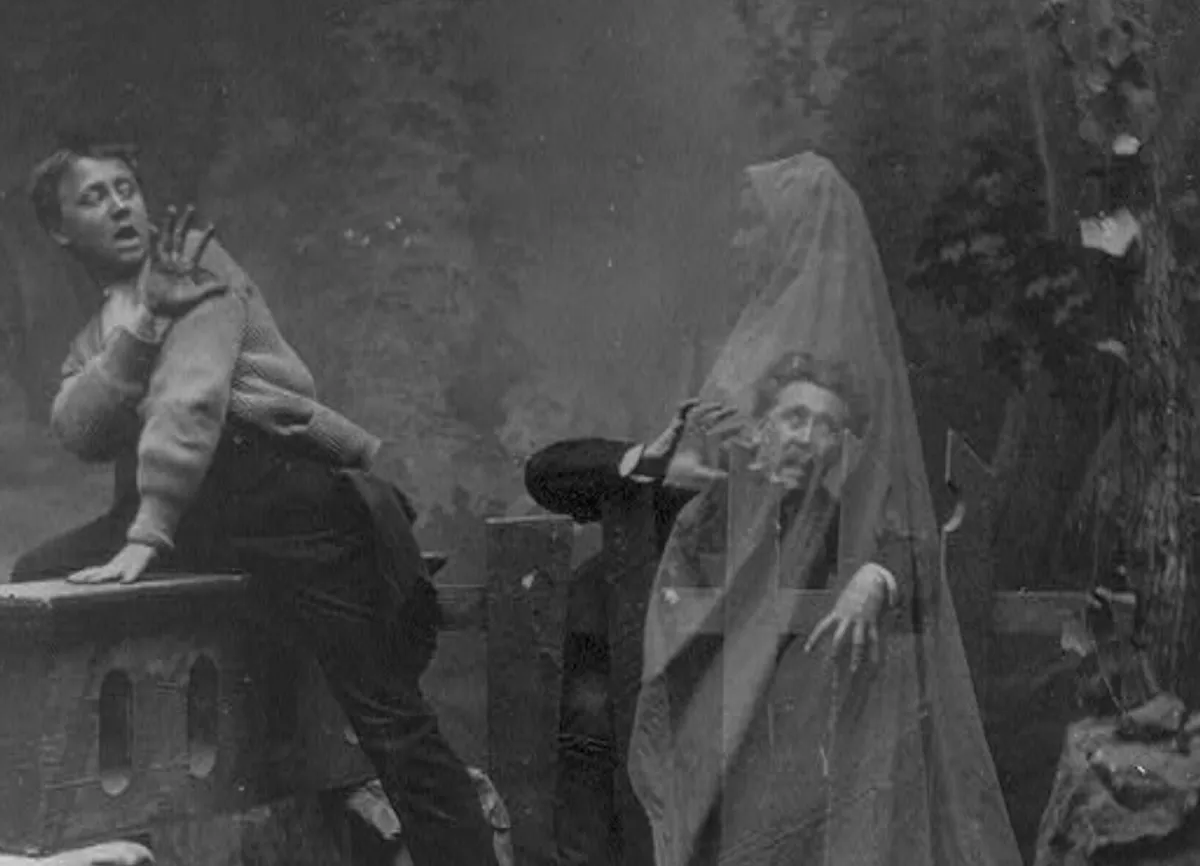For a long time, it’s been accepted that a gender gap existed in spatial reasoning — women frequently underperformed, so therefore, it must be a biological difference between men and women. But now, a new study finds that this might not be cut and dry, because when two tribes in India were tested on their spatial reasoning, one patrilineal and one matrilineal, the gender gap was closed in the matrilineal society. So, what’s going on here?
We all know about the debate over why there is a dearth of women in math fields, and some still believe that women just aren’t equipped to perform mathematics as well as men, as if their underperformance was tied to their individual gender. This is especially true with spatial reasoning, an area in which men consistently outperform women. While other areas of math and the gender gap are related to the availability of education for women, spatial reasoning has remained one area of math in which women do not perform on par with men, despite having access to education, even higher education.
However, when looking at the areas that are being mentioned for the testing — Norway, Sweden, etc. — there is one common thread: they are all patrilineal societies. No matter how progressive they may seem, it is inarguable that they are still fundamentally patriarchal. Would there be a difference in the numbers if testing took place among members of a matrilineal society?
In this case, there was. And in one matrilineal Indian tribe, there was no difference in the spatial reasoning abilities of men and women. As a comparison, the patrilineal tribe’s men outperformed women on the tests. (They completed the tests in 35 percent less time.) The details of the test were as follows:
The authors of the new paper have gone to the areas occupied by the different tribes, and surveyed occupants from four villages in each. They were given the task of solving a simple three-dimensional puzzle that involved four blocks, with portions of a picture on a single face. The subjects would have to identify the correct side of the block, rotate it to the top, and then arrange the pieces to re-form the picture. To provide a bit of incentive, the authors would give anyone who could solve it in under 30 seconds the rough equivalent of a quarter of a day’s wages in the area. All told, nearly 1,300 villagers agreed to participate.
While the authors acknowledge that this study in no way encompasses every aspect of spatial reasoning, it does bring up a very interesting point: spatial reasoning abilities could be more related to a woman’s place in her cultural environment and less on her actual biological abilities. In other words, saying that women are just not as equipped as men to perform mathematical tasks — including spatial reasoning — is as invalid as saying that women aren’t funny. And while a culture is quite difficult to change, it’s certainly easier than changing the genetics of a species.







